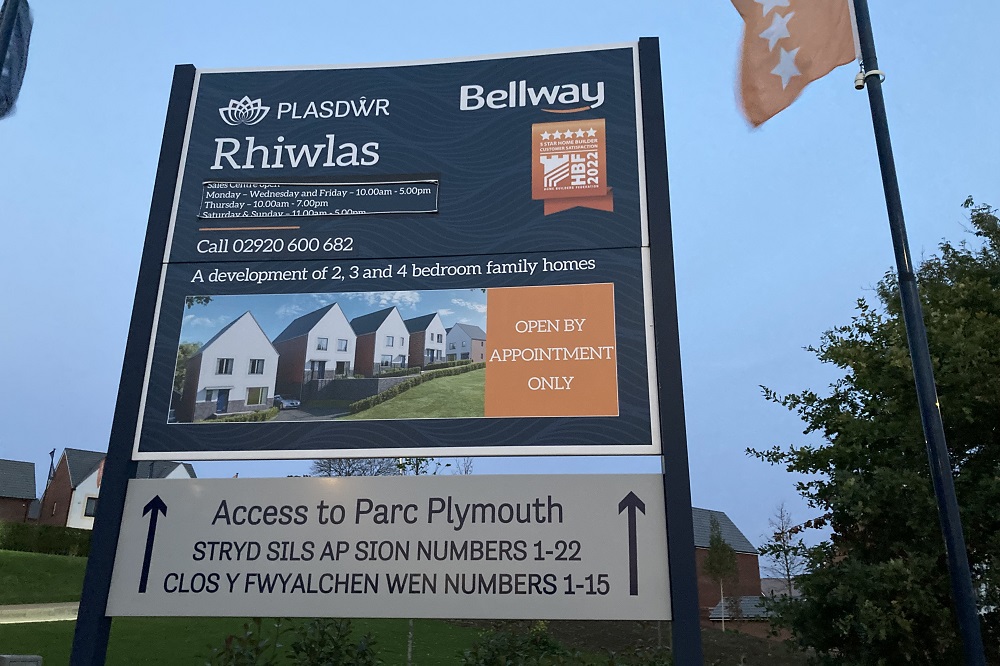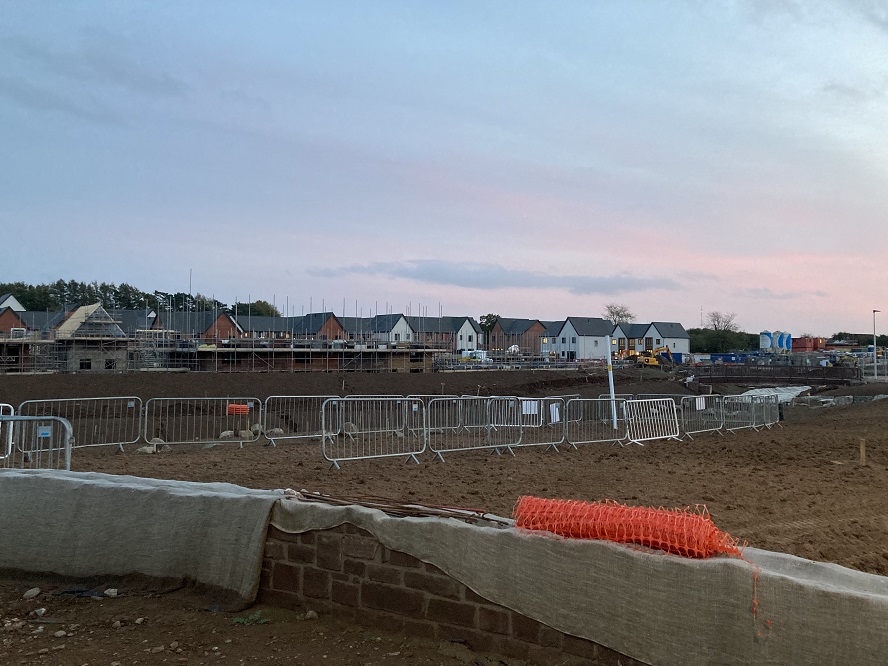Letter from Plasdŵr

Dylan Moore
The intention of the Football Association of Wales to formalise the use of Cymru to refer to the country’s national teams is the latest example of a growing movement for the primacy of Cymraeg when referring to Cymric things.
The Co-operation Agreement between Welsh Labour and Plaid Cymru aims to ‘ensure Welsh language place names in the built and natural environments are safeguarded and promoted’, and the decision of the FAW amounts to an extension of this principle to our intangible cultural heritage.
Conversations about the language we use for toponyms are as old as the places they describe. As comedian Tudur Owen pointed out a few years ago: ‘The names Anglesey and Swansea are ancient Viking names which are just as important to our story as Ynys Môn or Abertawe.’
More recently debates have raged about the cultural vandalism involved in second home owners and holiday home companies renaming properties for an English-speaking market.
But there is also a more insidious trend, as the designations of new housing estates in Wales sometimes overwrite histories or geographies, or evoke them in ironic ways. Gareth Leaman wrote about Gwent’s Non-Places ‘defined by [their] lack’: Glan Llyn in Newport, ‘placed on the grave of a steelworks’ and Parc y Coleg in nearby Caerleon, ‘very much not a college’.
This year I moved from Newport to Cardiff, to one of these so-called ‘Non-Places’ that continue to sprawl toward the M4 at our capital city’s northern edge.
Toponyms
Plasdŵr is very literally Waterhall, an old name still extant in the Waterhall Road that runs between the suburbs of Fairwater and Danescourt. Its Cymrification in the appellation of this huge new development is an interesting one, indicative of a turning tide.
For centuries Cymric toponyms have been overwritten by English equivalents, replacements and bastardisations. Now many more house names in second home hotspots are reverting to Welsh names, and places like Plasdŵr are relying on the Welsh language to lend these new places legitimacy.
Greenfield sites evoke the tortuous etymology that has the word ‘estate’ meaning both ‘a large privately owned area of land in the country, often with a large house’ and ‘an area containing a large number of houses or apartments built close together at the same time.’
Plasdŵr was until very recently a huge tract on land on the estate belonging to the 4th Earl of Plymouth, Ivor Edward Other Windsor-Clive, stretching from Radyr to St Fagans, where Cardiff’s northwestern fringe encounters the hills at the beginning of the Valleys, the gentle slopes that mark the start of the Vale.
Its history is contentious, but the future is sold as a dream.
According to the promotional material, ‘Plasdŵr is Cardiff’s garden city for the 21st century, taking its design inspiration from the original, successful garden city principles of “fresh air, sunlight, breathing room and playing room”.
It has been carefully masterplanned with its residents’ wellbeing at its core and as a sustainable community where people can lead healthy, fulfilling lives from their doorstep.’
Glimpse of the future
There are often multiple layers at work in the naming of its sub-districts.
Dol Werdd is a reference to the fact that before it was a ‘stunning development of 2-, 3- and 4-bedroom homes’ the area was a green meadow. No careful landscaping or incorporation of cycleways or ponds will truly return the area to nature.
And Lewis Homes’ Dol Werdd is just one of a number of smallish ‘parcels’ of land being developed by a plethora of building companies. Redrow are building Cwrt Sant Ioan. Bellway are constructing Rhiwlas.
Together these communities will be known as Groeswen, named for the white preaching cross that used to stand on the Llantrisant Road, an ancient route connecting Llandaf and Llantrisant, a staging post on the pilgrimage route to Our Lady of Penrhys.
Currently a name on nobody’s lips, Groeswen will begin to take shape as a community with the opening of a new dual-stream primary school promising Welsh-medium education alongside an innovative bilingual stream where roughly half of lessons will be delivered in English and the remainder in Cymraeg.
Like much on this north-western fringe of the capital, Groeswen offers a glimpse of the future.
Eventually Groeswen will be joined by Maesllech, Hafod, Cefntrebane and Pendown – new communities in old places, with names primarily drawn from the farms that have been overrun by Cardiff’s seemingly endless urbanisation.

Local placenames
It’s easy to see the local authority bureaucrats and the house-builders as the bad guys. To see the story of Plasdŵr and places like it – there are further vast developments at Plas Ty Draw and Churchlands on the northeastern edgelands of the capital – as one of untrammeled capitalism and environmental destruction.
There is certainly some of that.
When I recently told somebody I lived in Plasdŵr, the response was: ‘Oh, you’re one of those people.’
But the truth is that even if the architecture of new-build estates can be homogenous, there are many kinds of people here, each with their own story of how they came to decide to build – or rebuild – a life here.
And we should remember this is how all of the city’s districts were born.
As the capital’s premier chronicler Peter Finch notes in one of his Real Cardiff books: ‘Not much predates the Victorians.’
Inner-urban Splott was named after the local farms – Upper and Lower Splott, ‘between Roath village and the sea’. Cathays, which abuts the city centre, was rural until the last quarter of the nineteenth century, with Allensbank and Wedal farms surviving into the twentieth before becoming ‘no more than local placenames.’

Urbanisations
Over the past few years, I have been struck by the stories at Cardiffian funerals; the passing generation grew up walking and cycling to a countryside that no longer exists.
Collecting apples in the orchards where now there are housing estates, walking through muddy lanes where now there are retail parks.
Within a few short generations new urbanisations are built, lived in, and become part of the fabric of the city. There have been varying degrees of marketing gloss and varied results in terms of community cohesion, but there is never a lack of social as well as economic imperative behind such developments.
Where we live matters, but how we live matters more.
And like it or not, the story of Plasdŵr has already started; it’s up to us to shape it.
Support our Nation today
For the price of a cup of coffee a month you can help us create an independent, not-for-profit, national news service for the people of Wales, by the people of Wales.





Cardiff’s sprawl over these green fields with congested road links is wholly unsustainable. The plan to send its sewage to overloaded sewage works discharging untreated sewage to the sea is part of the judicial review of Cardiff Council’s decision to push developer profits above all else